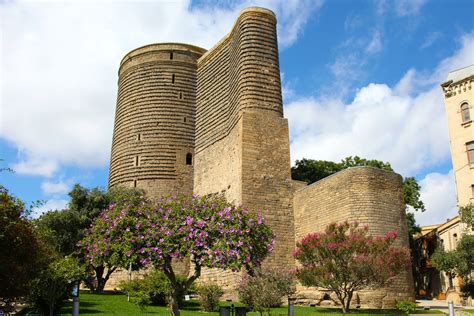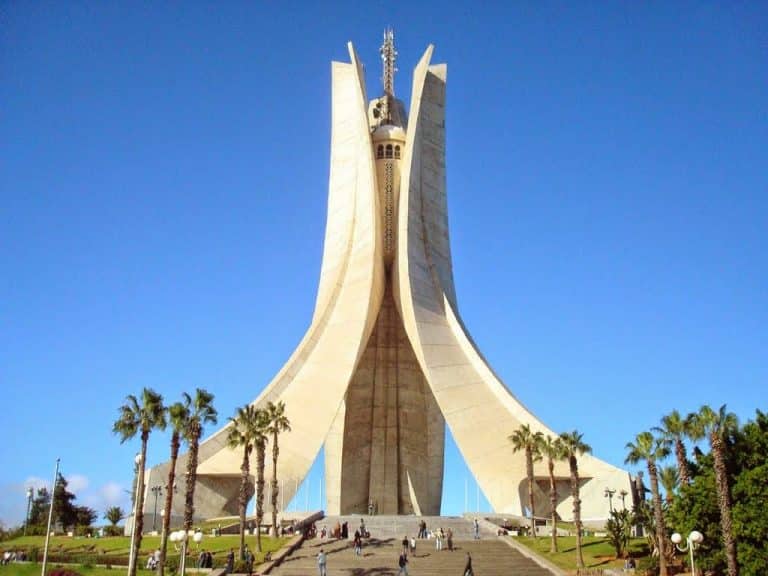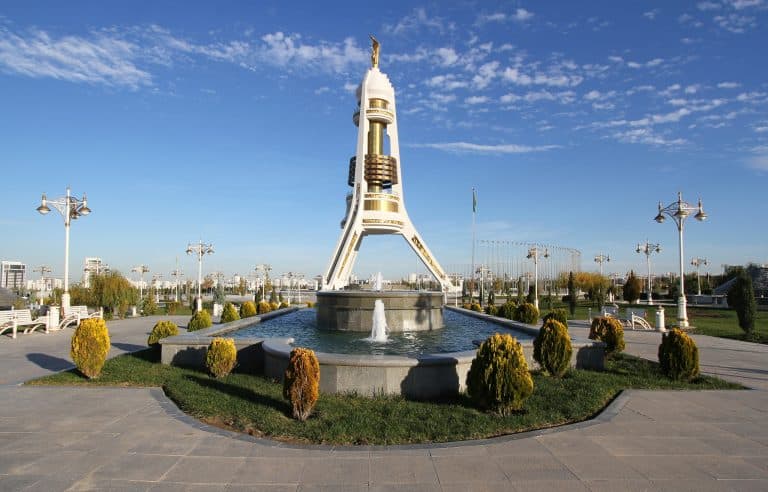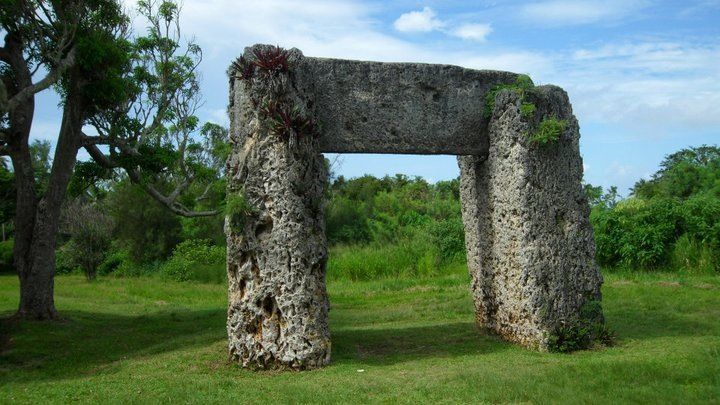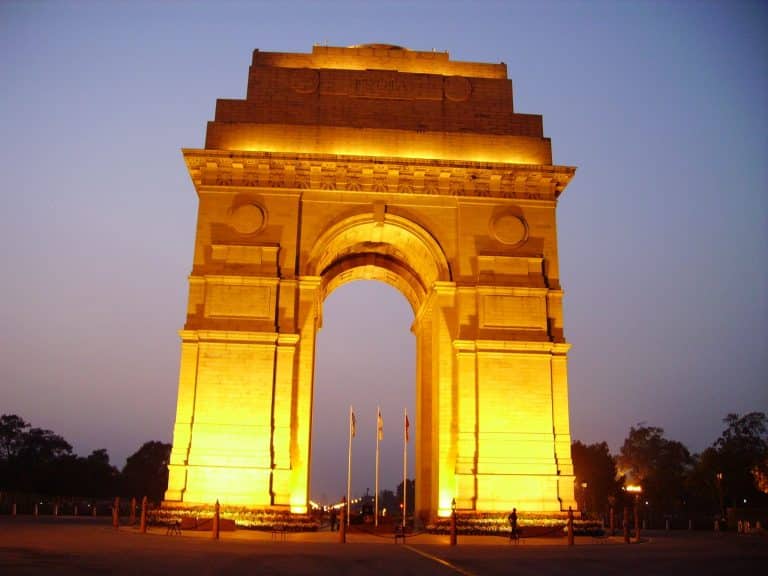Eurasia
After exploring Europe, I decided it was time to explore the region of Eurasia.
Site 1: For my first destination in Eurasia, I visited the Church of St. Gregory the Illuminator, which is located in the country of Armenia. It is located in the Haghartsin Monastery complex in Dilijan. It had been constructed some time during the eleventh century and is the oldest church in this monastery complex. I noticed that the building’s shape forms a cross, with a square as its center. I also noticed its dome, which forms a cone, that had been built in the later part of the twelfth century. The church, along with the whole monastery complex, was commissioned under the Bagratumi dynasty. The monastery was destroyed in the second half of the eleventh century, when the Seljuks invaded Armenia. It was restored by 1184, however. The church was destroyed yet again when Timur invaded in the year 1400. However, efforts were made to restore it in 1671 and 1681 when Armenians from Tbilisi decided to restore the church, along with the other churches in the monastery that had been destroyed. The church was destroyed yet again, however, when Timur invaded in the year 1400. I noticed that the church was built of porous stone with a yellowish-white hue. On the site’s western front, I noticed there was writing that dated a legal document, which documented the order in which many towns, along with a vineyard, were handed over to the Haghartsin monastery complex. It also recognizes the officials from Georgia and Armenia who contributed in reconstructing the monastery. It also gives a decree that the Divine Liturgy feast must be observed each year and declared anyone who changed this decree would be punished by the Holy Virgin of Vardzia. I also noticed a sundial on one of the church’s walls. As I went inside, I admired the stone columns supporting the building. I also observed a stone slab depicting a cross. There was also a small table with candles, with a painting depicting above it. Overall, this monastery shows part of America’s history, and the influence of Christianity here.
The stone cross:
Site 2: My next destination was the Maiden Tower in Baku, Azerbaijan’s capital city. Also known as “Giz Galasi,” it was constructed some time during the sixth century, with the protruding addition and top floors being built in the twelfth century. Some speculate that it was a temple for Zoroastrianism, an observatory, a defense post, or even a lighthouse. The tower was finally listed under the UNESCO World Heritage List of Historical Monuments in Category III, cultural property, in the year 2001. When I arrived, I noticed the tower’s impressive size. It is 97 feet (29.5 meters) in height and has a diameter of 54 feet (17 meters). The most prominent feature of the tower’s exterior was its cone shape. I also noticed it was built out of stone slabs. There was only one entrance on the tower’s western side, so I entered the building that way. The walls were quite thick, ranging between 3.2 to 4.2 meters thick. The tower has eight stories total, which were connected by a staircase. On the second floor, there is also a well inside that goes as deep as 21 meters. This tower is a window into Armenia’s history, with it being one of the oldest buildings in Baku and is a popular attraction today. There is also gift shop, as well as a museum, inside the tower. The museum allowed me to be immersed in Azerbaijan’s history, featuring not just historical artifacts but also audio and visual features that further engages visitors. At the very top of the tower, there is a magnificent view of the city of Baku. To this day, Giz Galazi’s mystery and history draw in many visitors and is considered a prominent attraction in Baku. It is even featured on Azerbaijan’s currency and has been featured in many plays and poems in the country.
The Maiden Tower well:
The interior of Maiden Tower:
The exterior of Maiden Tower:
